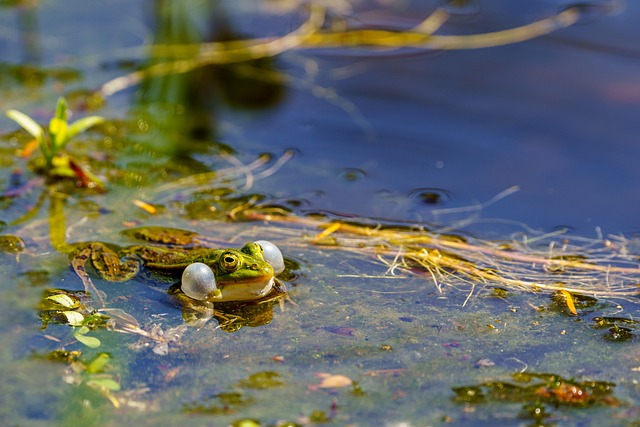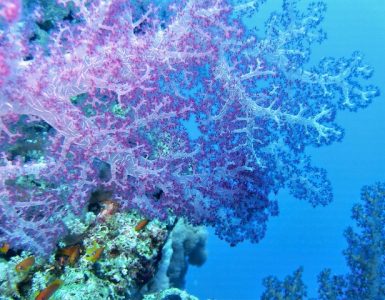At the heart of every ecosystem lies the delicate relationship between producers, consumers, and decomposers. Think of producers, like plants, as the chefs of the ecosystem. They whip up delicious energy from sunlight, which feeds all the other organisms. Without these green superheroes, everything would fall apart! Consumers, or hungry animals, rely on plants—and each other—as their food source. Just picture a food chain as a giant game of dominoes: if one piece falls, it can set off a chain reaction affecting everything else.
But wait, what about those decomposers? These unsung heroes, like fungi and bacteria, are nature’s cleanup crew. They break down dead matter and return vital nutrients back to the soil, ensuring that new plants can thrive. Without them, the ecosystem would drown in waste, stifling life instead of nurturing it.

What often goes unnoticed is the role of environmental factors like water, sun, and temperature. Think of them as the invisible strings puppeteering this whole show. When these strings are pulled too hard, say through pollution or climate change, the entire system can start to wobble, leading to imbalances that can be catastrophic.
So, how do they keep this balance in check? It’s all about feedback loops! These loops are like nature’s way of saying, “Hey, let’s put things back on track!” If one species gets out of hand, predators might step in to reduce their numbers, keeping everything in harmony. It’s a classic case of nature’s egalitarian system, ensuring that all play a part in keeping the balance alive.
The Role of Producers, Consumers, and Decomposers
Let’s kick things off with producers. Think of them as the chefs of the ecosystem. They’re primarily plants that harness sunlight through photosynthesis, converting it into energy. Just as a chef takes raw ingredients and whips up something delicious, producers turn sunlight, water, and carbon dioxide into the food that supports all life forms. Without them, the food chain would be like a restaurant missing its head chef—chaotic and unsustainable!
Now, enter the consumers. These are the hungry diners of our ecosystem, the animals and humans that rely on producers for nourishment. They come in various forms: herbivores feast on plants, carnivores enjoy a meal of other animals, and omnivores eat both. It’s like a intricate dining experience, where everyone depends on the dishes prepared by producers. Imagine if all the diners suddenly vanished—chaos would ensue as producers would flourish uncontrollably, disrupting the whole ecosystem.
And here come the decomposers to tidy up. Think of them as the cleanup crew after a great feast. Decomposers, like fungi and bacteria, break down dead plants and animals, recycling nutrients back into the soil. This process is akin to composting after a big dinner party; it transforms leftovers into rich soil, ensuring that producers can continue to thrive. Without decomposers, waste would pile up, and the cycle of life would crumble.
In this interconnected dance of life, each role is vital, ensuring that nature remains in harmony. Curious how one tiny worm can change everything? Well, that’s the essence of the ecosystem!
How Human Activities Impact Ecosystems
Take agriculture, for example. When we clear forests for farms, it’s like pulling the strings on a delicate web. We disrupt habitats, and the creatures that once thrived there suddenly find themselves out of a home. This can lead to a domino effect—when one species suffers, others follow suit. But it’s not just deforestation; pollution from pesticides and fertilizers can seep into nearby waters, turning vibrant ecosystems into barren landscapes. Have you ever seen a beautiful lake turned green and murky? That’s algae thriving thanks to the chemicals we introduced!
And let’s not forget urbanization. As cities expand, wildlife often gets pushed out. Think of it like a game of musical chairs—one minute they have a seat, and the next, it’s gone. Not to mention, with concrete jungles replacing green spaces, we’re losing biodiversity at an alarming rate. Animals that once roamed freely are now confined to smaller and smaller patches of land, struggling to adapt.
So, every time you buy that plastic bottle or choose to drive instead of walk, remember—you’re leaving an imprint on the environment. Our choices matter, and the ecosystems around us depend on the balance we maintain. How we act today will sketch the future of our planet. Isn’t that a thought worth pondering?























Add comment